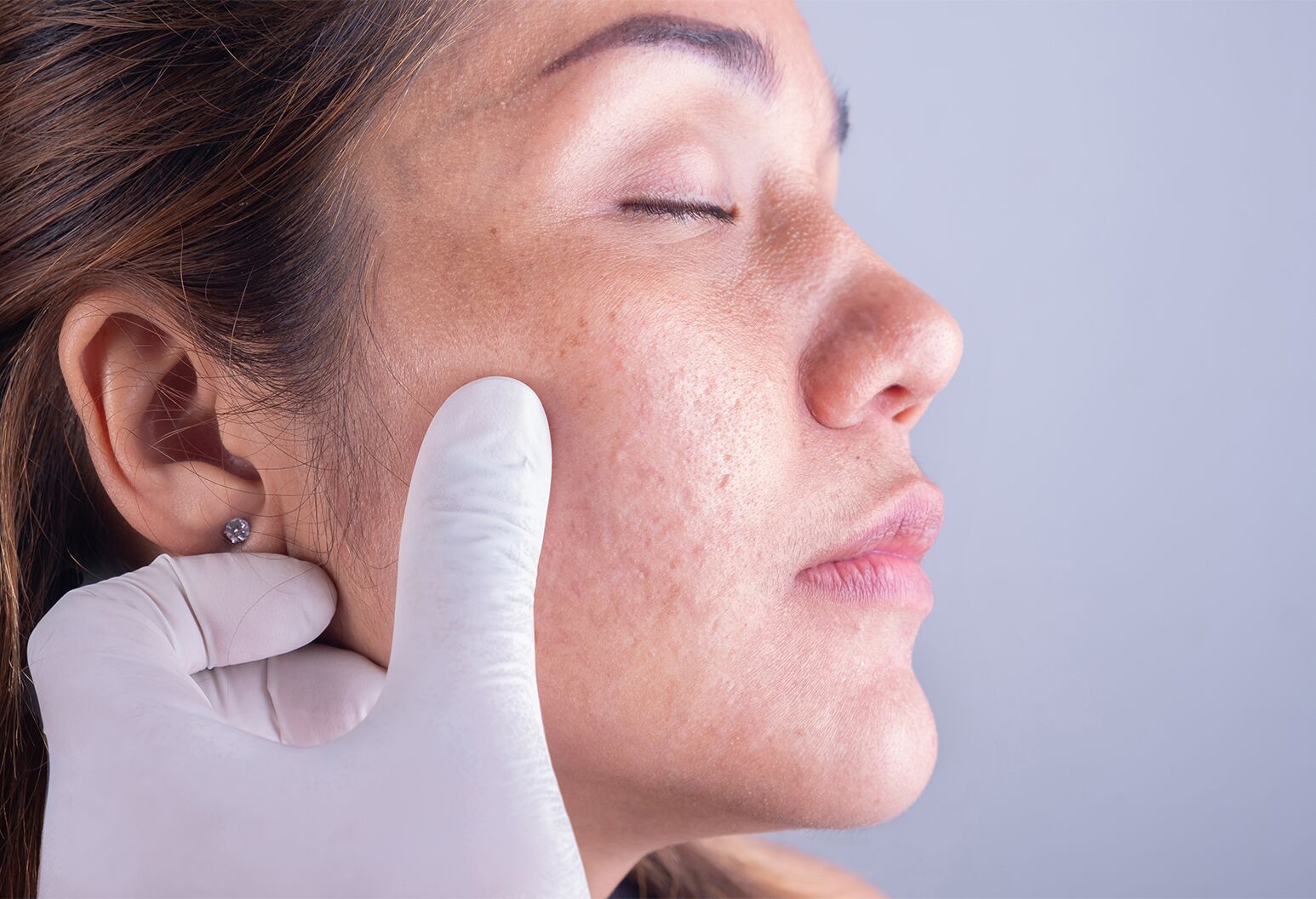Visit a reliable dermatologist to help you with cosmetic care.
Visit a reliable dermatologist to help you with cosmetic care.
Blog Article
Navigating Skin Cancer Cells Treatment: The Necessary Function of Mohs in Modern Dermatology Practices
Skin cancer, a difficult medical diagnosis, often leaves people grappling with various treatment choices. As we explore the ins and outs of this treatment, one will certainly value its crucial role in skin cancer treatment.
Recognizing Skin Cancer Cells: Types and Risks
There are three primary types of skin cancer cells: Basal cell cancer, Squamous cell cancer, and Cancer malignancy. It accounts for just concerning 1% of skin cancer cells instances but triggers the vast bulk of skin cancer cells fatalities. Threat elements include reasonable skin, history of sunburn, excessive sunlight exposure, living at high elevations or close to the equator, having lots of moles, a household history of skin cancer, and weakened immune system.
What Is Mohs Surgical procedure and Just How It's Reinventing Skin Cancer Cells Treatment
Regardless of the numerous treatments presently available for skin cancer, Mohs surgical procedure sticks out as a groundbreaking and extremely effective remedy. Called after Frederic E. Mohs, the physician that established the procedure, Mohs surgery is a specific surgical strategy used to treat skin cancer. During the procedure, slim layers of cancer-containing skin are considerably gotten rid of and checked out up until only cancer-free cells stays. This approach enables the doctor to confirm that all cancer cells have been gotten rid of at the time of surgical procedure. This level of precision, integrated with the capability to spare as much healthy tissue as feasible, is revolutionizing skin cancer therapy. Consequently, Mohs surgical procedure has actually become a cornerstone of modern dermatology techniques.
The Advantages of Mohs Surgical Procedure Over Standard Skin Cancer Cells Therapies
Building on the innovative nature of Mohs surgical treatment, it's necessary to consider its various benefits over standard skin cancer therapies. Unlike standard treatments, Mohs supplies a higher cure rate, usually reaching 99% for novice treatments and 94% for reoccurring cancers. This precision results from its one-of-a-kind method of gradually removing and checking out tissue layers till just cancer-free cells remain (skin useful site cancer). In addition, it lessens damage to healthy skin, leading to much less scarring and improved cosmetic outcomes. Mohs also provides immediate outcomes, removing the anxiety-ridden wait typical with various other approaches. Last but not least, it's affordable, as the surgical procedure and microscopic assessment take place simultaneously, removing the need for additional laboratory solutions. Therefore, Mohs stands for a substantial innovation in dermatological techniques.
The Treatment of Mohs Surgery: What to Anticipate During the Process

Possible Side Results and Post-Operative Treatment of Mohs Surgical Treatment
Undertaking Mohs surgery, like any other medical procedure, involves potential adverse effects that individuals should recognize. Typical negative effects consist of discomfort, bruising, and swelling at the surgical procedure website. However, these are generally short-lived and workable with non-prescription pain medicine and ice packs. In uncommon cases, people may experience infection, blood loss, or an allergy to the anesthetic. Post-operative treatment is vital to healing and decreasing side effects. This normally involves maintaining the injury clean and dry, taking prescribed medicines, and avoiding strenuous tasks. Patients must also attend all follow-up appointments for injury treatment and surveillance. In many cases, additional treatments might be essential to make certain complete removal of the cancerous cells. Complying with these post-operative treatment standards can substantially boost healing and results.
Final thought

Report this page